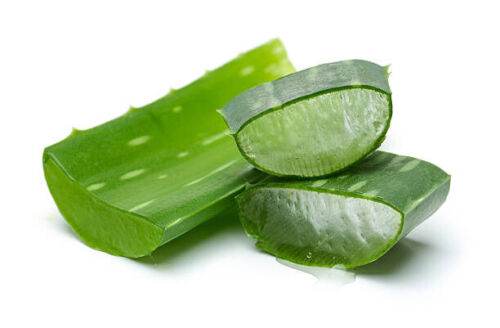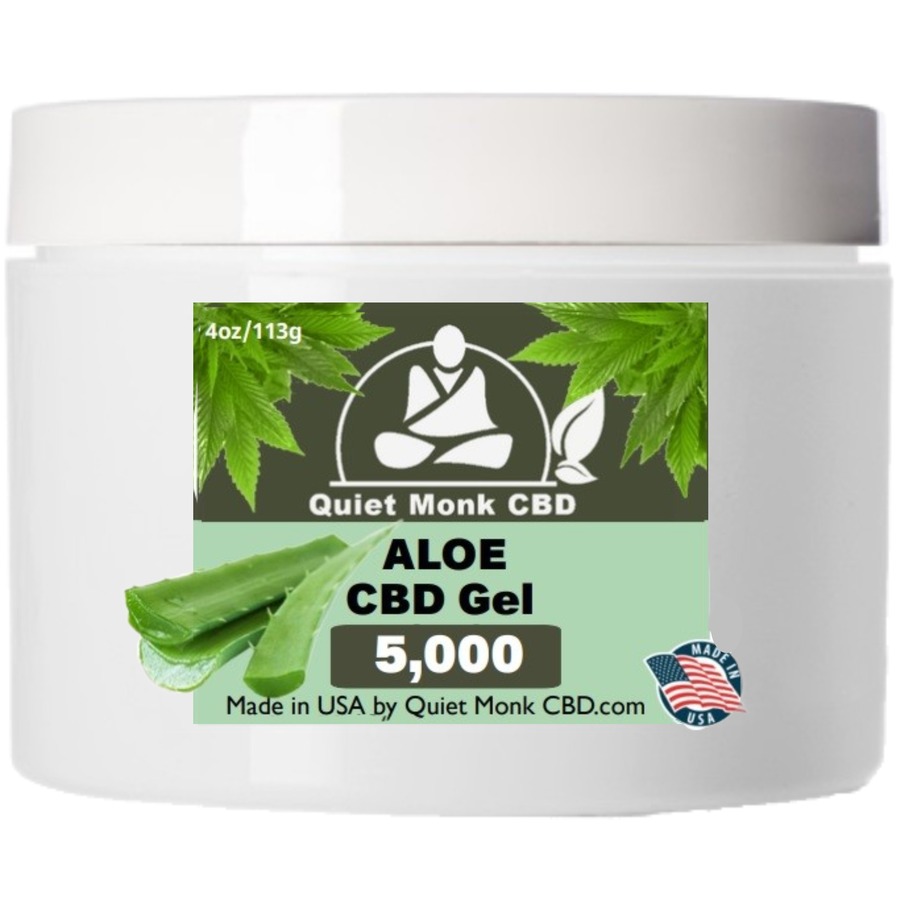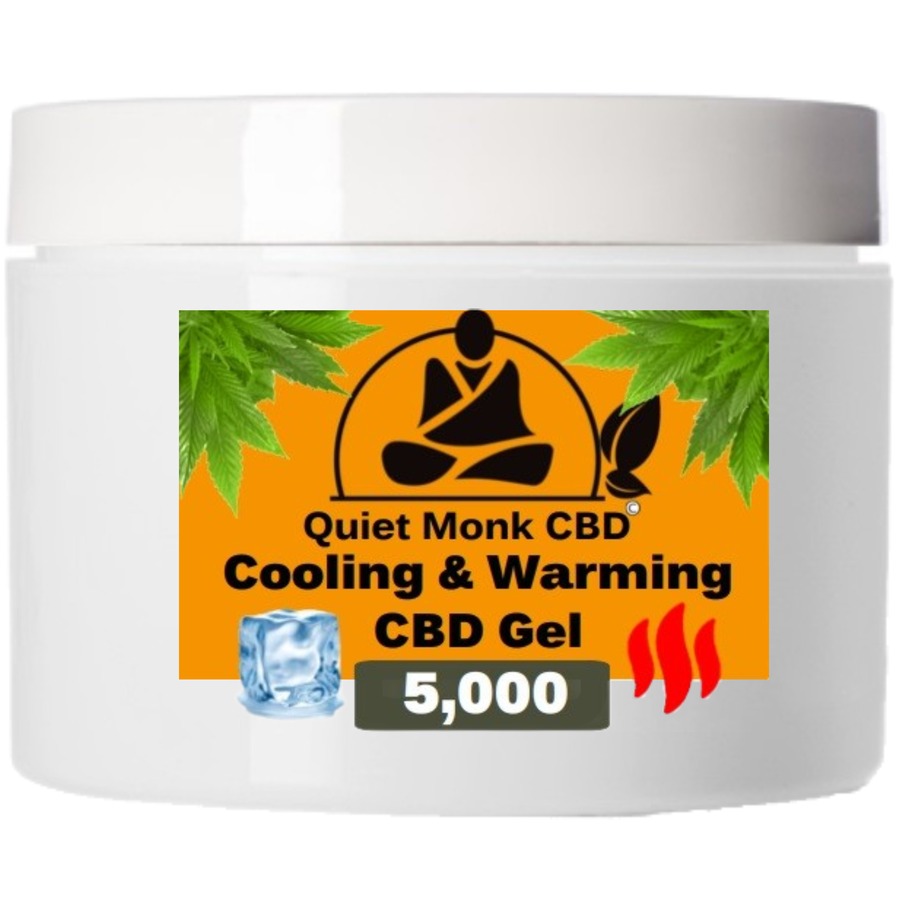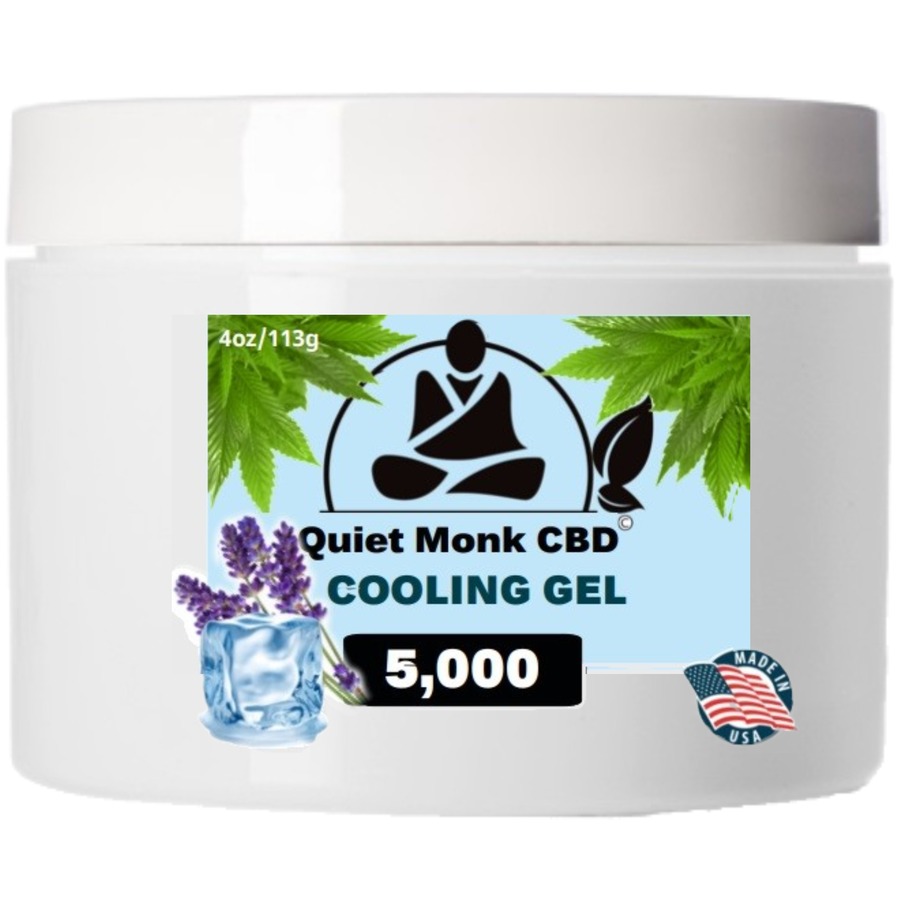1. Introduction
Aloe vera gel has been widely recognized as a versatile natural remedy for centuries. Its unique composition, containing various active components, provides numerous benefits for our skin and overall health. In this article, we will explore the aloe vera plant, the properties of aloe vera gel, the science behind how it works, and how to use it safely and effectively.
2. The Aloe Vera Plant
2.1. Origins and cultivation
Aloe vera is a succulent plant species that belongs to the Aloe genus. It originates from the Arabian Peninsula and has since been cultivated around the world, especially in tropical and subtropical regions. The plant’s fleshy leaves store water, which allows it to survive in arid climates.
2.2. Active components
The aloe vera plant contains a plethora of biologically active compounds, including vitamins, minerals, enzymes, amino acids, and polysaccharides. These components work together to provide various health benefits.

3. Aloe Vera Gel and its Benefits
3.1. Skin hydration
Aloe vera gel is a natural humectant, meaning it can attract and retain moisture. When applied to the skin, it helps keep the skin hydrated, soft, and supple.
3.2. Wound healing
Aloe vera gel has been shown to promote the healing of various types of wounds, including burns, abrasions, and surgical incisions. It enhances collagen synthesis, accelerates skin cell regeneration, and prevents infection.
3.3. Anti-inflammatory properties
The gel contains compounds like glycoproteins and polysaccharides, which exhibit anti-inflammatory effects. These can help alleviate pain, redness, and swelling associated with skin irritation and inflammation.
3.4. Antioxidant properties
Aloe vera gel is rich in antioxidants such as vitamins C and E, which protect the skin from oxidative stress and environmental damage, promoting a healthy and youthful complexion.
3.5. Antimicrobial properties
The gel possesses antimicrobial properties that inhibit the growth of harmful bacteria and fungi, reducing the risk of infection in wounds and helping to maintain skin health.
4. The Science Behind Aloe Vera Gel
4.1. Polysaccharides
Polysaccharides are complex carbohydrates found in aloe vera gel. They play a crucial role in skin hydration, wound healing, and immune system modulation. Acemannan, a prominent polysaccharide in aloe vera, has been shown to stimulate the production of growth factors that promote tissue repair and regeneration.
4.2. Glycoproteins
Glycoproteins are proteins with carbohydrate groups attached to them. They contribute to aloe vera gel’s anti-inflammatory and wound healing properties. Some glycoproteins found in aloe vera work by inhibiting the production of pro-inflammatory compounds, while others promote cell migration and tissue repair.
4.3. Lectins
Lectins are a group of proteins that can bind to carbohydrates. They play a role in the immunomodulatory and wound healing effects of aloe vera gel. Lectins found in aloe vera stimulate the immune system, which helps fight off infections and accelerate the wound healing process.
5. How to Use Aloe Vera Gel
5.1. Topical application
Aloe vera gel can be applied directly to the skin for various purposes, such as soothing sunburns, treating minor cuts and abrasions, or moisturizing dry skin. Gently apply a thin layer of the gel to the affected area and allow it to absorb. Many people have started making combining cbd and aloe to create cbd gel.
5.2. Oral consumption
Some aloe vera products are designed for oral consumption and can offer benefits like supporting digestion and boosting the immune system. Always follow the manufacturer’s instructions and consult your healthcare provider before starting any new supplement regimen.
6. Choosing the Right Aloe Vera Gel
When looking for aloe vera gel, choose a product that contains a high percentage of pure aloe vera and is free from artificial colors, fragrances, and unnecessary additives. Opt for organic and cold-pressed aloe vera gel whenever possible to ensure the highest quality and potency.
7. Precautions and Side Effects
While aloe vera gel is generally safe for most people, some individuals may experience allergic reactions or skin irritation. It is recommended to perform a patch test before applying the gel to a larger area. If you experience any adverse effects, discontinue use and consult a healthcare professional.
8. Conclusion
Aloe vera gel is a versatile and potent natural remedy, offering a range of benefits for our skin and overall health. Its unique composition, which includes polysaccharides, glycoproteins, and lectins, is responsible for its numerous properties. To reap the benefits of aloe vera gel, ensure you choose a high-quality product and follow the appropriate usage guidelines.
9. FAQs
Q1: Can I use aloe vera gel on my face? A: Yes, aloe vera gel is gentle enough to use on the face and can help hydrate, soothe, and protect the skin.
Q2: Can aloe vera gel help with acne? A: Aloe vera gel has antimicrobial and anti-inflammatory properties, which can help reduce acne-causing bacteria and soothe inflammation associated with acne.
Q3: How often should I apply aloe vera gel? A: The frequency of application depends on the purpose and individual needs. For general skin hydration, you can apply aloe vera gel once or twice a day.
Q4: Can I use aloe vera gel on my hair? A: Yes, aloe vera gel can be used on hair to provide hydration, reduce frizz, and promote a healthy scalp.
Q5: Does aloe vera gel expire? A: Aloe vera gel does have a shelf life, which varies depending on the product. Always check the expiration date on the packaging and store the gel as directed to maintain its quality and effectiveness.



